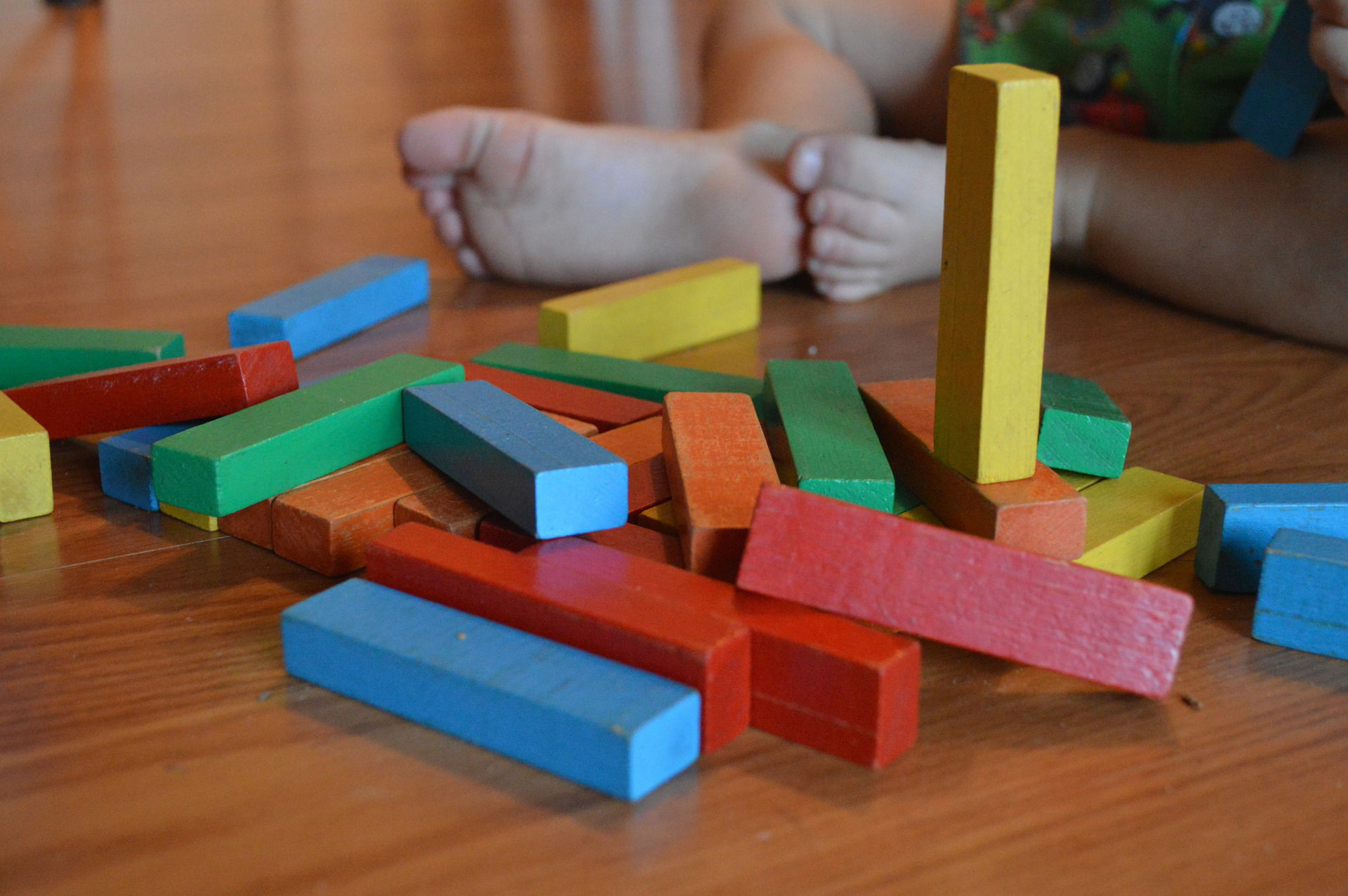Promoting Creativity in Education: Strategies for Nurturing Imaginative Thinkers
Creativity is a vital skill that fuels innovation, problem-solving, and personal growth. In the realm of education, fostering creativity is essential to preparing students for the dynamic and rapidly changing world they will navigate as adults. This article explores the importance of promoting creativity in education and provides actionable strategies for educators to nurture imaginative thinkers.

Understanding the Value of Creativity
Creativity is more than just artistic expression; it's the ability to generate novel ideas, approach challenges from unique angles, and adapt to new situations. In an era marked by technological advancements and complex global issues, creativity is a key driver of progress. When students are encouraged to think creatively, they develop skills such as critical thinking, adaptability, and the capacity to see connections between seemingly unrelated concepts.
Strategies for Fostering Creativity
1. Encourage Curiosity
Foster a culture of curiosity in the classroom by encouraging students to ask questions, explore diverse topics, and express their interests. Provide opportunities for open-ended discussions that ignite curiosity and spark imaginative thinking.
2. Embrace Diverse Perspectives
Incorporate diverse voices and perspectives into your curriculum. Exposure to different viewpoints enhances creativity by challenging students to consider alternative approaches and solutions.
3. Create an Open Environment
Establish a safe and supportive classroom environment where students feel comfortable expressing their ideas without fear of judgment. Encourage risk-taking and experimentation.
4. Provide Creative Challenges
Present students with open-ended, real-world challenges that require creative problem-solving. These challenges encourage students to think beyond conventional solutions.
5. Offer Choice and Autonomy
Allow students to have a degree of autonomy in their learning. Providing choices in assignments and projects gives them the freedom to explore topics that genuinely interest them.
6. Integrate the Arts
Incorporate arts and creative activities into the curriculum, such as visual arts, music, drama, and storytelling. These activities stimulate the imagination and provide a platform for self-expression.
7. Encourage Collaboration
Promote collaborative projects that require students to work together, share ideas, and build on each other's contributions. Collaboration fosters creativity through the exchange of diverse viewpoints.
8. Value Failure as a Learning Opportunity
Help students understand that failure is a natural part of the creative process. Encourage them to learn from mistakes, iterate, and refine their ideas.
9. Incorporate Technology and Multimedia
Integrate technology tools and multimedia platforms that allow students to create digital content, such as videos, podcasts, and digital art. These mediums provide new avenues for expression.
10. Nurture a Growth Mindset
Instill a growth mindset by emphasizing that creativity can be developed and improved with practice and effort. Celebrate students' progress and their willingness to take on challenges.

Conclusion
Promoting creativity in education is a powerful way to equip students with the skills they need to thrive in a rapidly changing world. By fostering imaginative thinking, educators enable students to become innovative problem-solvers, critical thinkers, and adaptable individuals. By implementing strategies that encourage curiosity, collaboration, and the exploration of diverse perspectives, educators can create an environment that nurtures the creative potential within every student.
Sources:
- Edutopia - Cultivating Creativity and Innovation in the Classroom
- The Creativity Post - The Importance of Creativity in Education
- Education Week - Strategies for Promoting Creativity in the Classroom
- TeachThought - 10 Ways to Promote Creativity in the Classroom
- National Association for the Education of Young Children - Fostering Creativity Through Open-Ended Questions